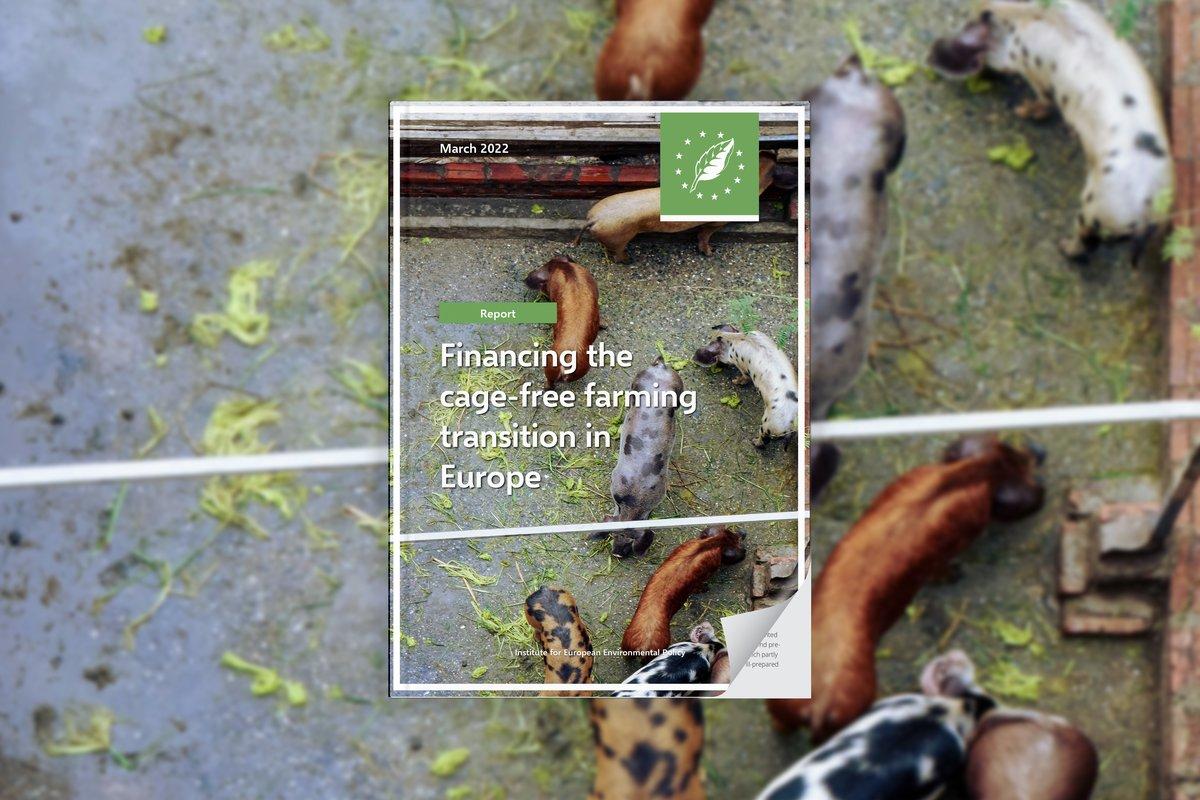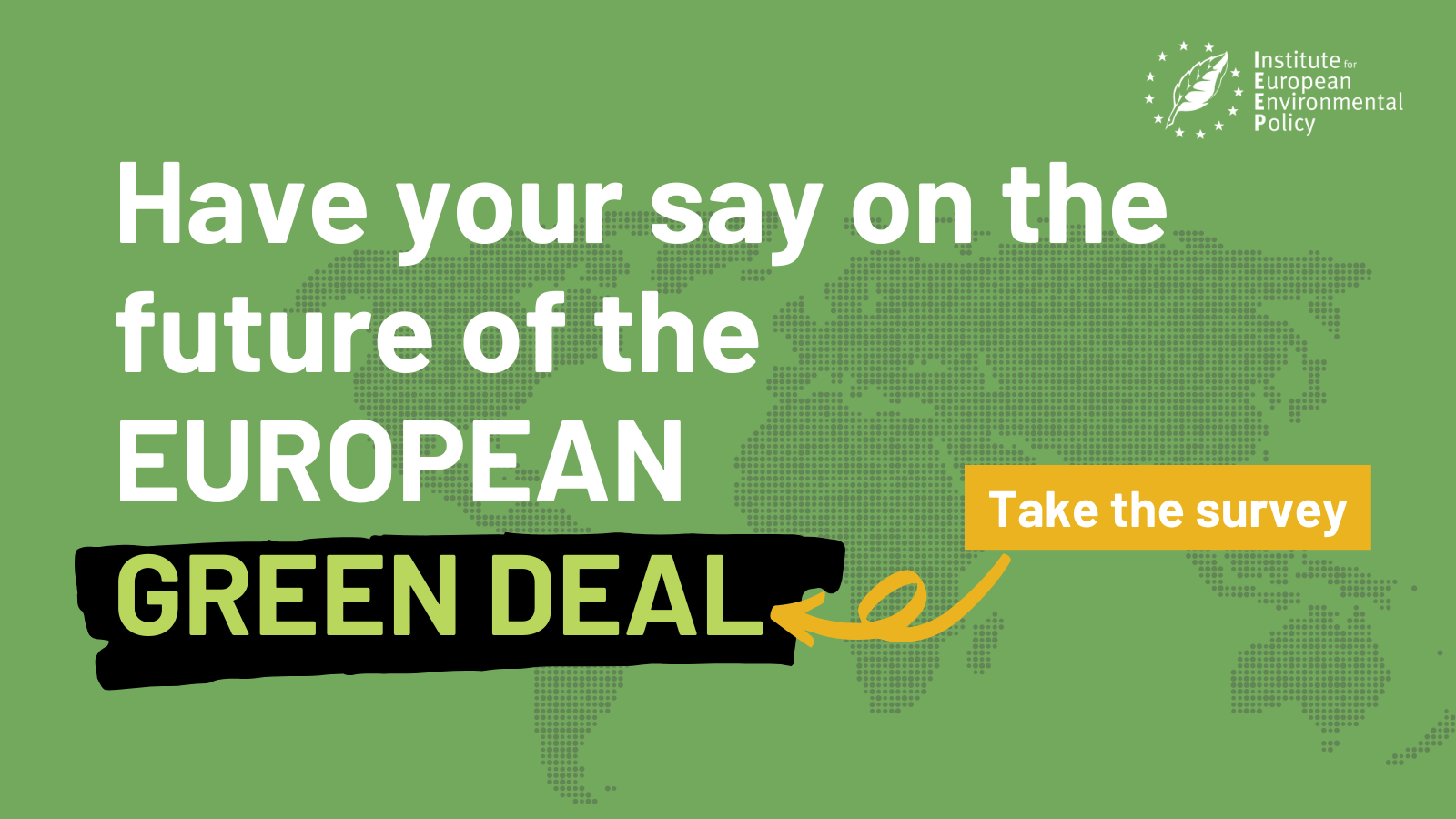AUTHORS: David Baldock – Jean-François Hulot – Jesus Urios – Faustine Bas-Defossez
In 2021, the European Commission committed to ending the use of cages for farmed animals within the EU before the end of 2023, but no estimate of the costs of compliance with the proposed legislation has been published as yet. This report considers the question of which sources of public funding, EU and national, could be used to aid the transition, alongside the contributions of producers themselves and others in the food chain.
In June 2021, in response to the European Citizens’ Initiative (ECI) on “End the Cage Age”, the European Commission (EC) gave a clear commitment to issue legislative proposals to end the use of cages for farmed animals within the EU before the end of 2023. An impact assessment and a consultation process were scheduled for 2022.
The proposal will be to phase out and finally prohibit the use of cages by a given date, so initiating a transition period. It will come as part of the current review and potential revision of the EU animal welfare legislation under the Farm to Fork Strategy (F2F).
The net costs of transition are likely to vary considerably between farms, depending on the changes required, the age of existing equipment, changing market conditions and prices, altered feed requirements and many other factors. No estimate of the costs of compliance with the proposed legislation has been published as yet and further work on this topic is a priority.
Clearly, however, costs can be a barrier and may include a combination of both one-off investments, for example in new buildings, equipment and training and some ongoing expenditure, for example on higher feed and labour costs on some farms.
The EC’s announcement envisaged the provision of aid for producers who need to make the transition together with other supportive policy measures, including possible adjustments in trade policy. The principle of financial aid also has received support from within the European Parliament and elsewhere.
This report considers the question of which sources of public funding, EU and national, might be utilised to aid the transition, alongside the contributions of producers themselves and others in the food chain, including processors, retailers and consumers, all of which have a role.



